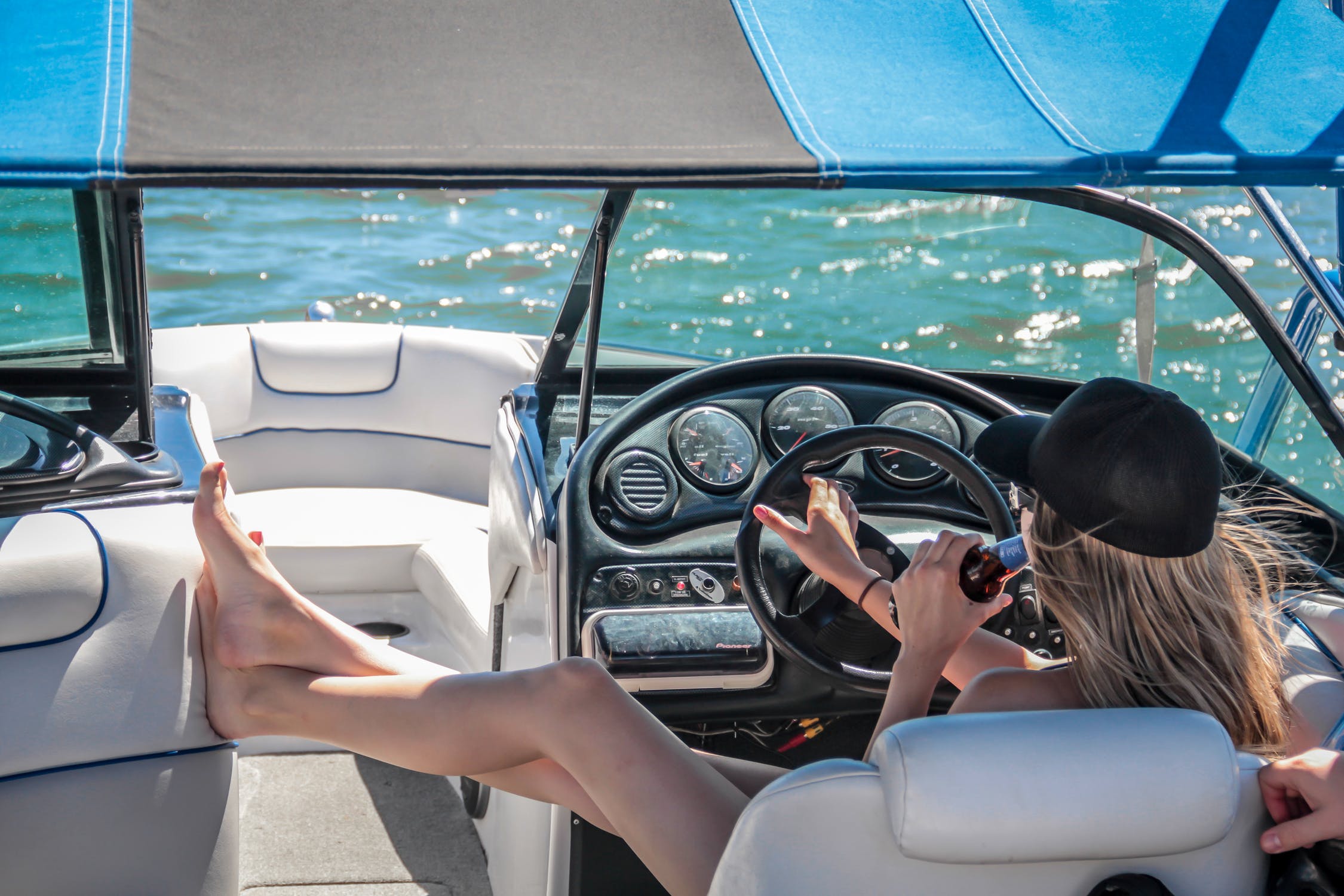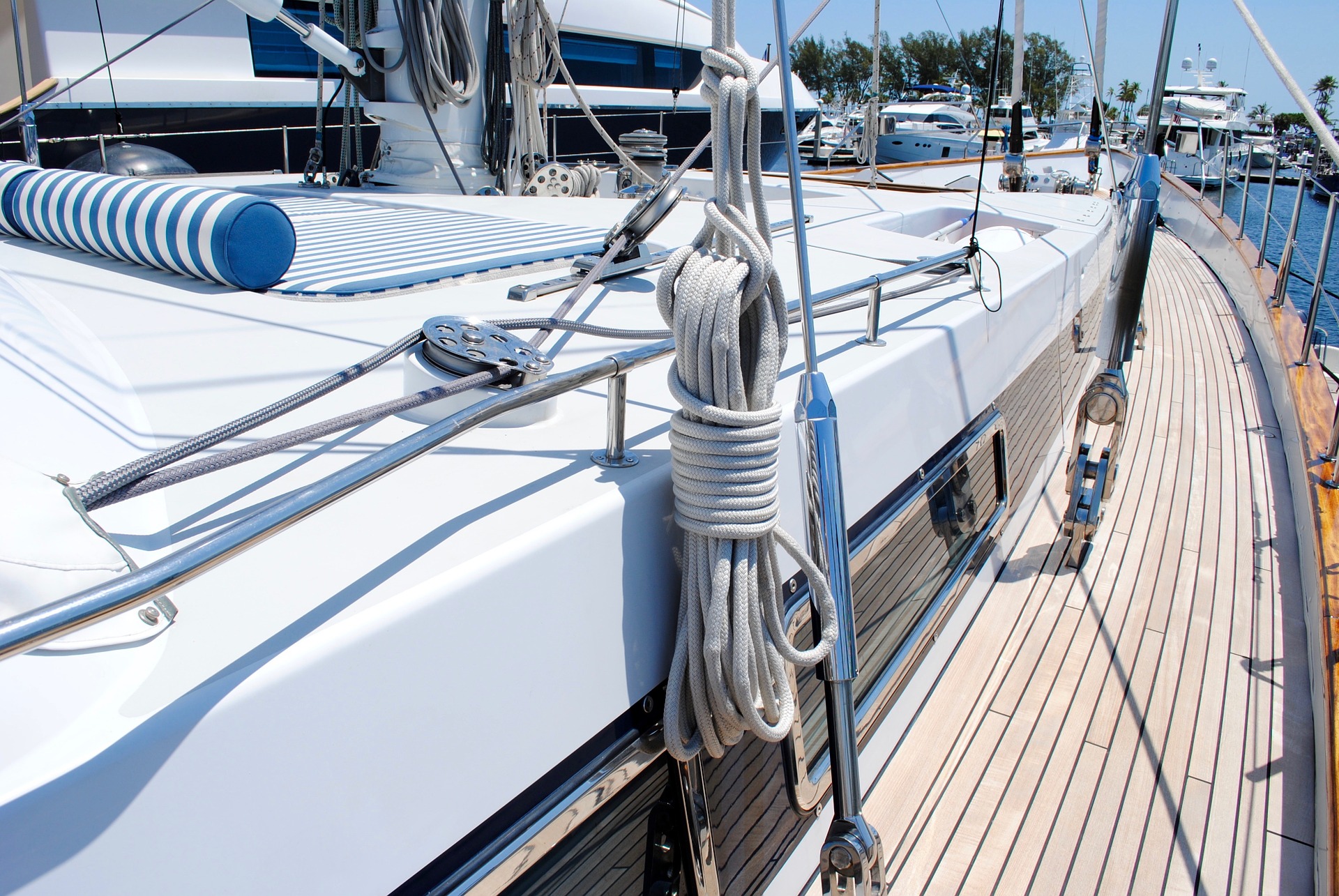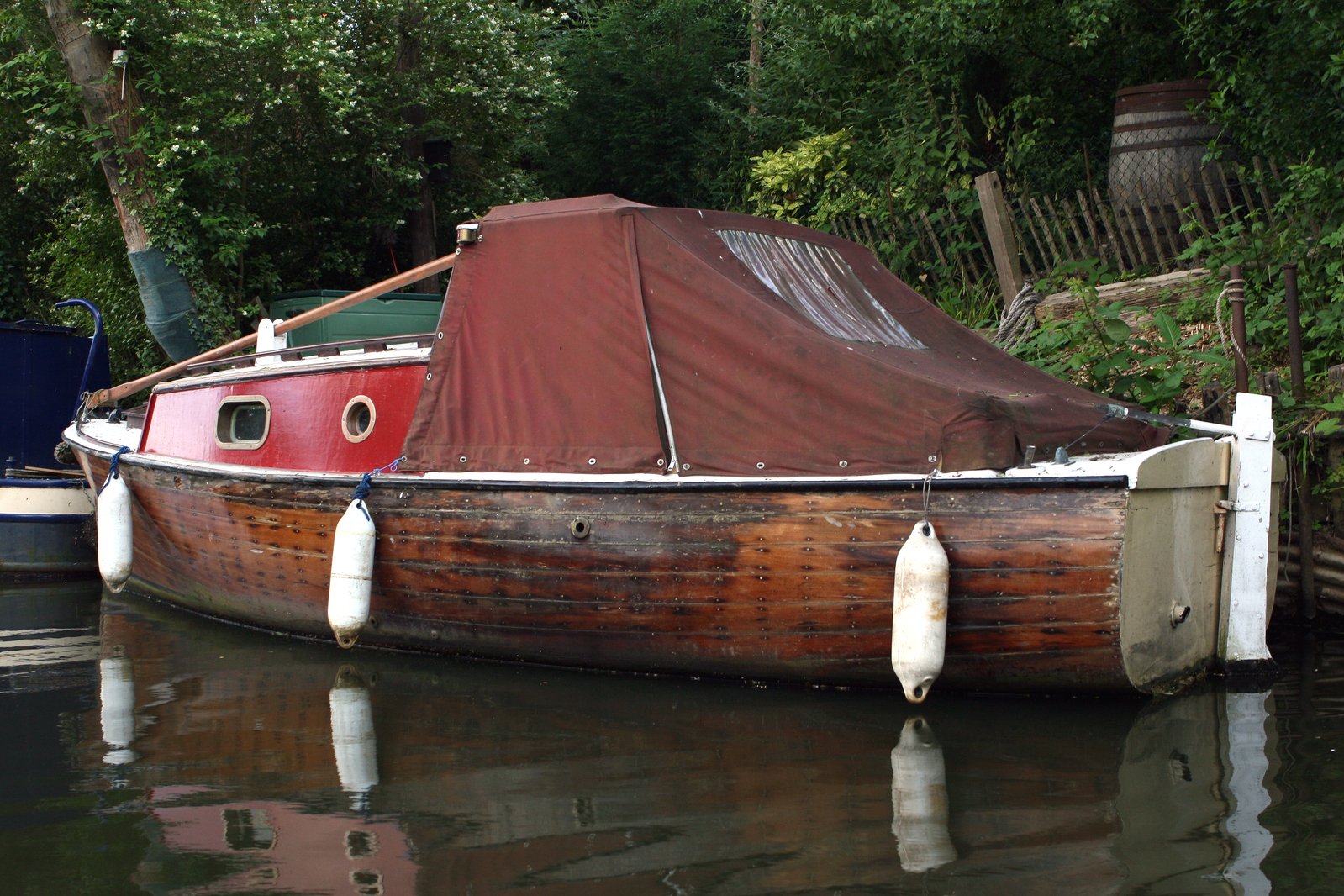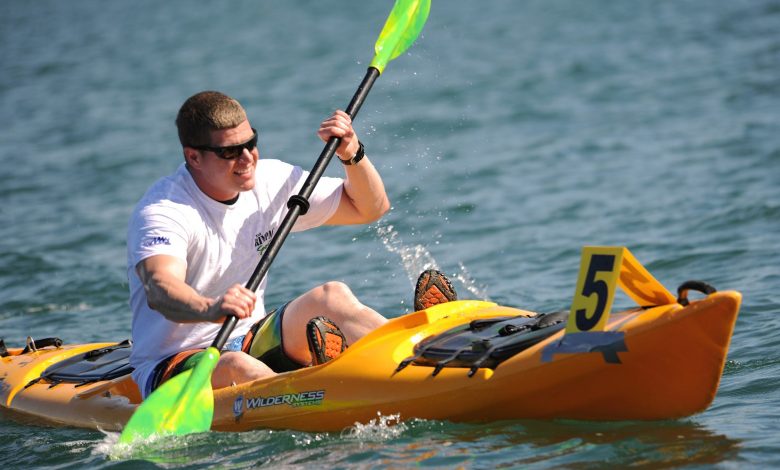
In this article, we tell you what boating glasses are and why getting the correct pair can make a big difference.
Truth be told, it’s more than your one-way ticket to protection against too much sunlight and a dashing style.
So, hold on tight as we waddle on the surface and dive deep into our discussion.
WHAT ARE BOATING GLASSES?

Boating glasses as the name suggests, are a type of eyewear you use when you go outside, specifically when you’re out sailing. While their main purpose is to shield your eyes from extreme Ultraviolet rays of the sun, they’re also effective against possible water splashes and wind exposure. Another term that refers to them is boating sunglasses.
WHAT’S THE DIFFERENCE BETWEEN EYEGLASSES AND SUNGLASSES?
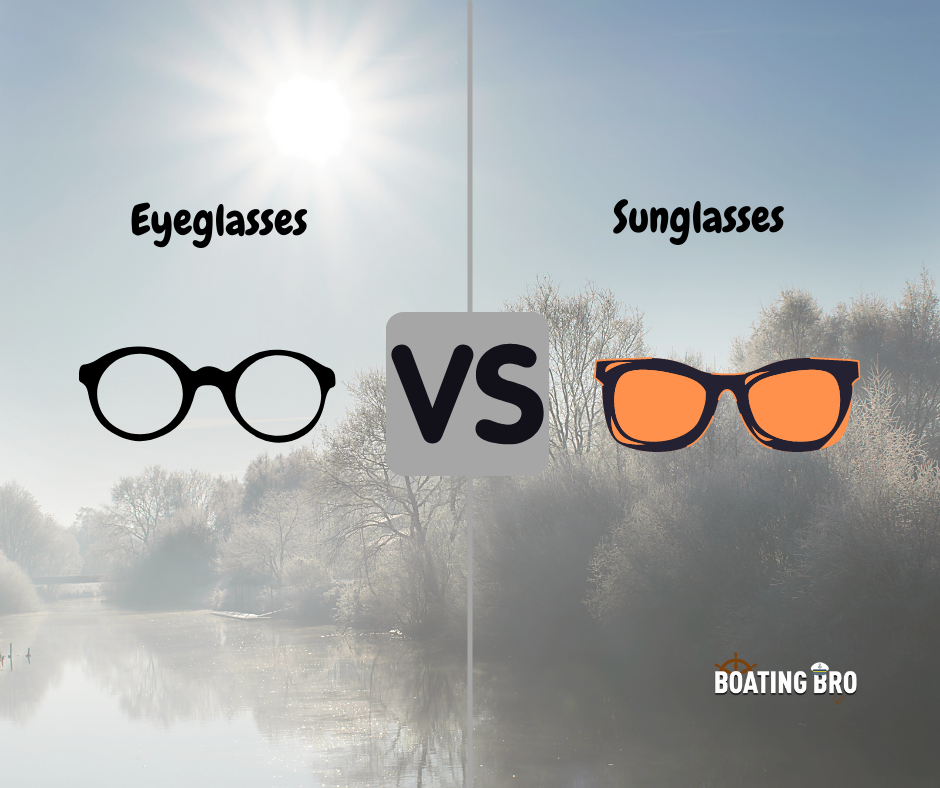
Eyeglasses are sometimes prescription glasses which means they’ve been advised by doctors for medical purposes. They’re corrective by nature because they usually help people with astigmatism and other eye conditions see clearly even from a given distance.
On the other hand, sunglasses are usually non-prescription glasses or those can be worn as often as possible that aren’t advised by doctors. As what has been mentioned earlier, they’re protective by nature because they cover the eyes from external elements that can be harmful under extreme exposure. Hence, they’re normally worn by people voluntarily.
Eyeglasses:
- Mainly corrective but can also be protective.
- Often worn mandatorily.
- More expensive than sunglasses.
- Advised by medical experts.
- Can either be prescription or non-prescription.
Sunglasses:
- Only for protective reasons.
- Often worn voluntarily.
- Less expensive than eyeglasses.
- Not necessarily advised by medical experts.
- Can either be prescription or non-prescription.
WHAT LENS COLOR IS IDEAL FOR BOATING?
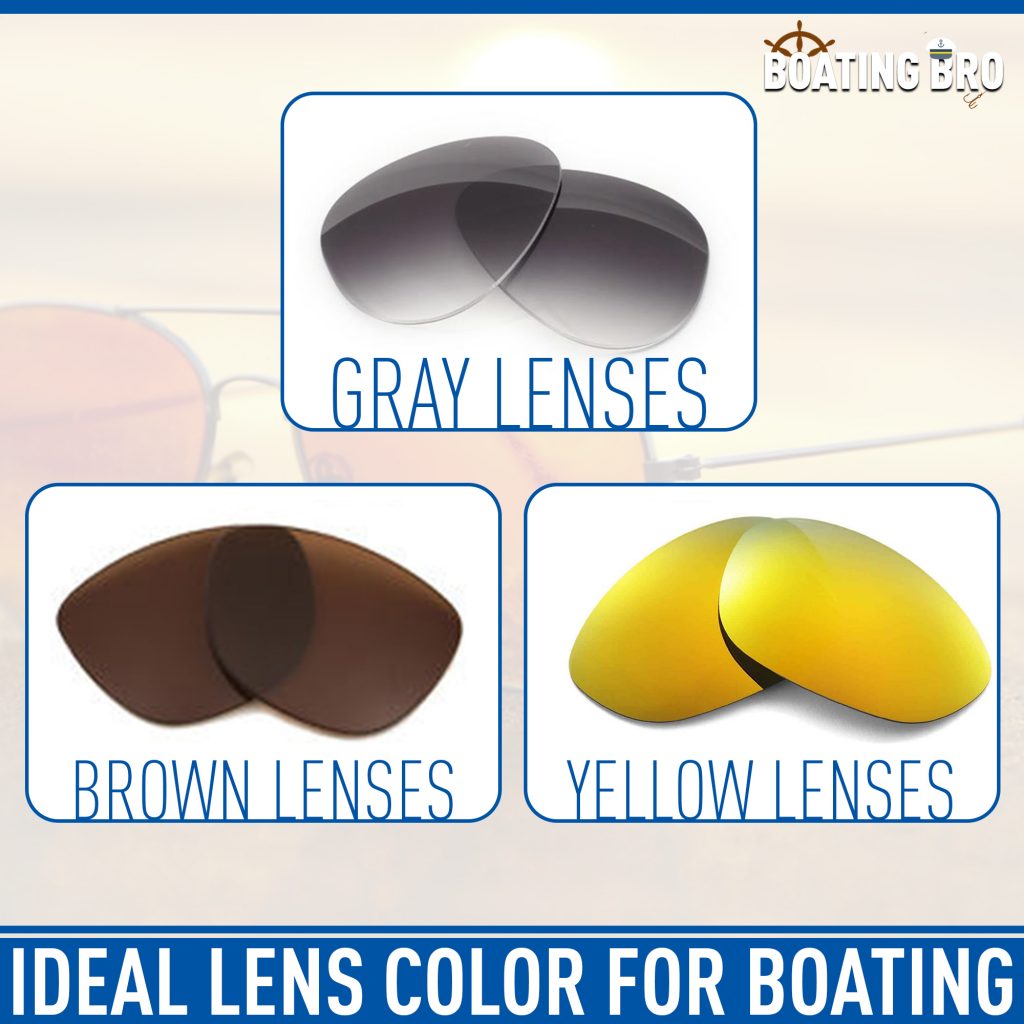
Lens color depends on how long you’ll be staying outdoors and what time you’ll be mostly using your sunglasses. As a rule of thumb, the stronger the sunlight intensity is, the darker the tint of your sunglasses should be to keep the glare as minimal as possible.
| Lens Color | Gray sunglass lenses | Brown sunglass lenses | Yellow sunglass lenses |
| Where to Use | Open waters, oceans, seas, beaches | Close or shallow waters, lakes, rivers | Close or shallow waters, lakes, streams, creeks |
| When to Use | Afternoon and midday (12-4PM, 10AM-12PM) | Midday (10AM-12PM) | Early morning (7-9AM) |
| Purpose | Instantly cuts extreme sunlight. | Prevents image distortion and improves clarity. | Boosts minimal light on surroundings to enhance vision. |
ARE POLARIZED SUNGLASSES BETTER THAN STANDARD SUNGLASSES?
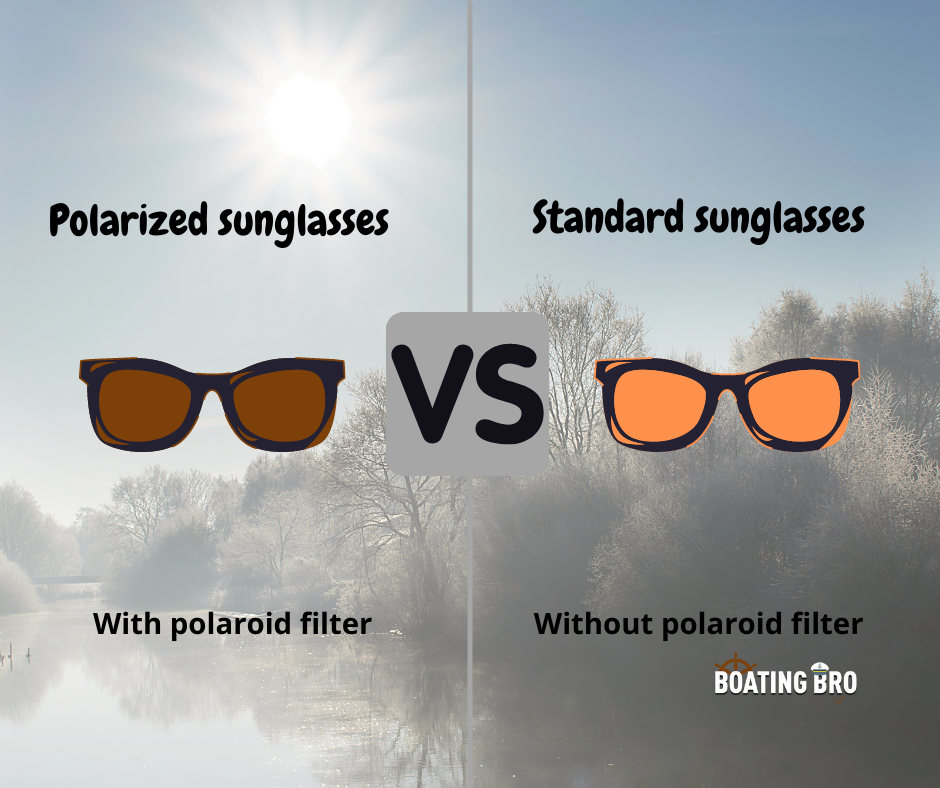
Yes, polarized sunglasses are better than standard sunglasses because they have a higher light filtration capacity. This means your eyes are more protected against light glares.
The secret behind the wonders of polarized sunglasses is the unique chemical filter that’s applied on the glass and plastic surface called, “polaroid.” This blocks extreme light which comes from highly reflective surfaces like water and metal.
How Do Polarized Sunglasses Work?
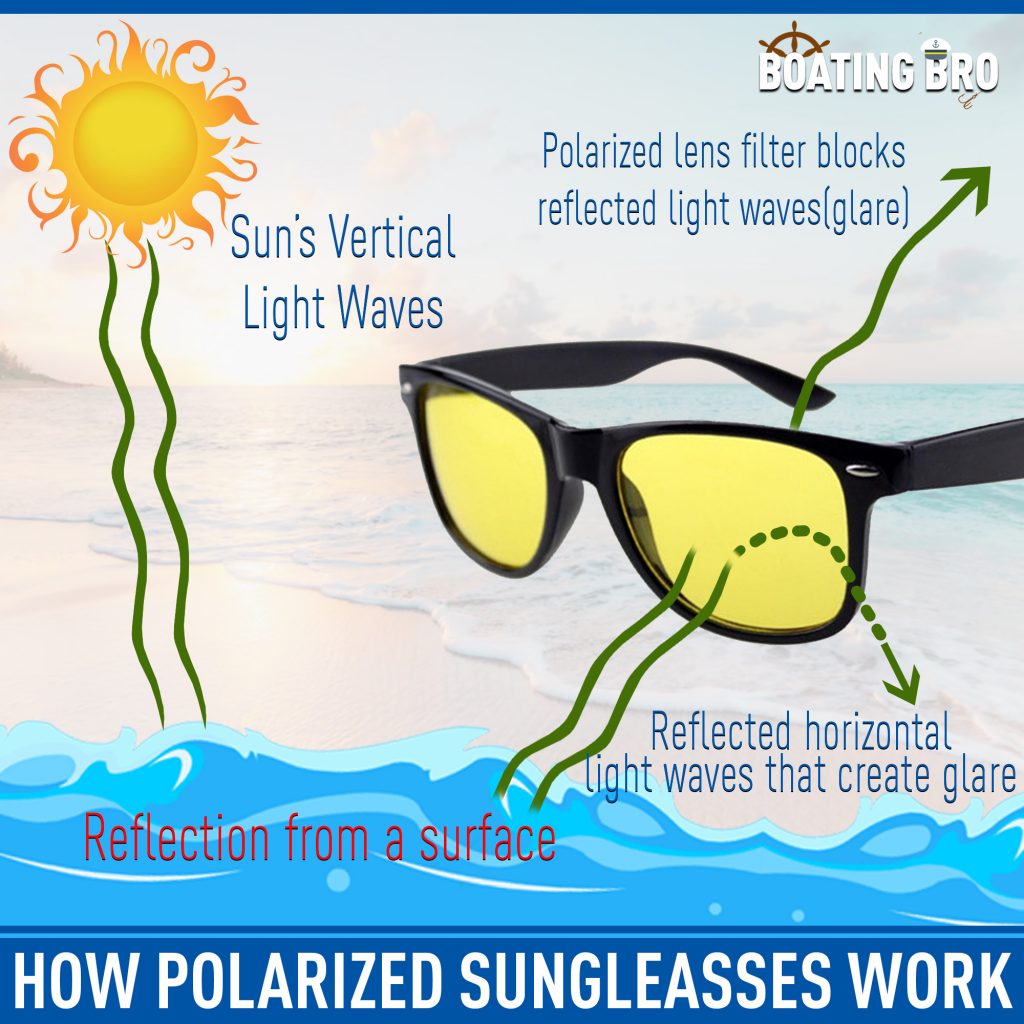
As the light from such reflective surfaces strikes, it bounces back creating horizontal and vertical travel patterns. So, the polarized sunglasses immediately stop too much horizontal light and only lets the vertical light be visible enough to properly support your vision.
Are Polarized Sunglasses Same as Photochromic?
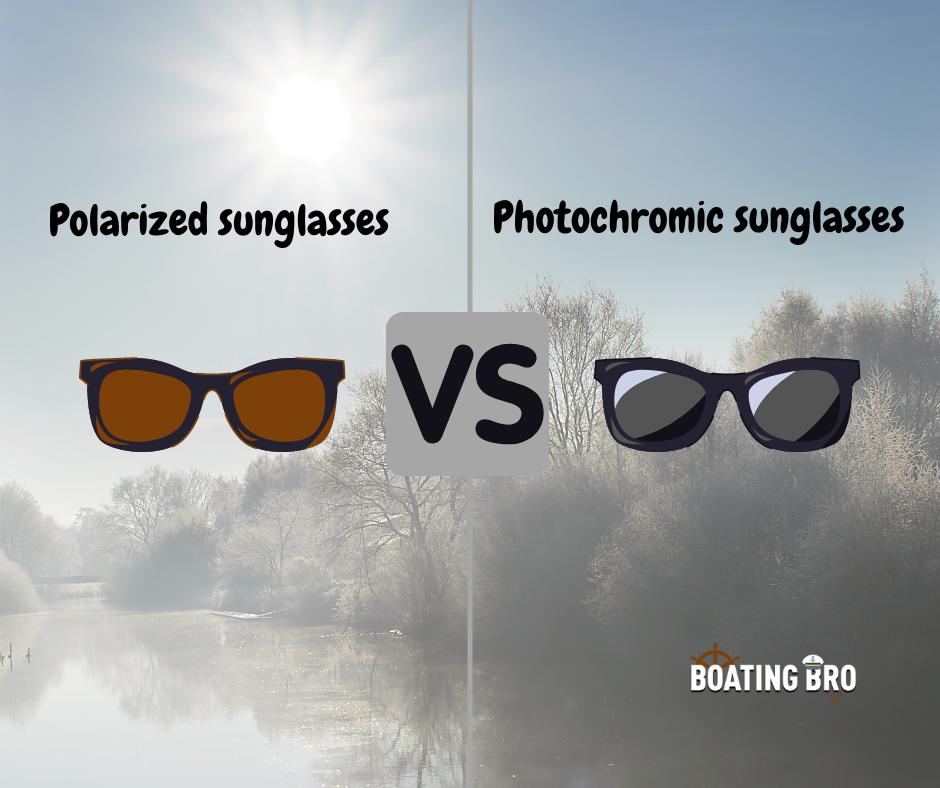
No. Polarized sunglasses and photochromic sunglasses are not similar. Just so you don’t get confused between the two – the former filters sunlight coming from glares or surface reflections with a fixed tint whereas the latter adjusts (or dims) the level of tint to reduce sunlight coming directly from the sun. Other distinctions are given below.
Polarized sunglasses:
- Strictly for protective reasons.
- Can minimize the amount of glare but can’t change the lens tint.
- Can be used for boating, sailing, fishing, etc.
Photochromic lenses:
- Can sometimes function as both corrective and protective eyewear.
- Can automatically change the lens tint but doesn’t affect glare.
- Can be used for simple tasks like driving and reading.
HOW MUCH DO SUNGLASSES FOR BOATING COST?

Always remember that sunglasses for boating can either be polarized or non-polarized. In case you’re wondering if there’s a huge distinction between the two aside from the polaroid, then the answer is on clarity. The former boosts the outline of nearby images – making your surroundings (shapes and sizes) appear more vividly. This is why it’s often encouraged over the latter to be included on the list of suggested boat gear.
| Lens Type | Polarized | Non-polarized |
| Cost | $20-$200 | $10-$100 |
CONCLUSION
Although getting your desired boating sunglasses based on style can be tempting because it can make you more attractive or appealing than before, bear in mind that your priority should be comfort and utility. After all, you won’t be able to enjoy what nature brings, be it swimming, sightseeing, or just hanging out with friends, when you’re suffering from heavy sun glares. If you have other tips related to this topic, share them with us.

